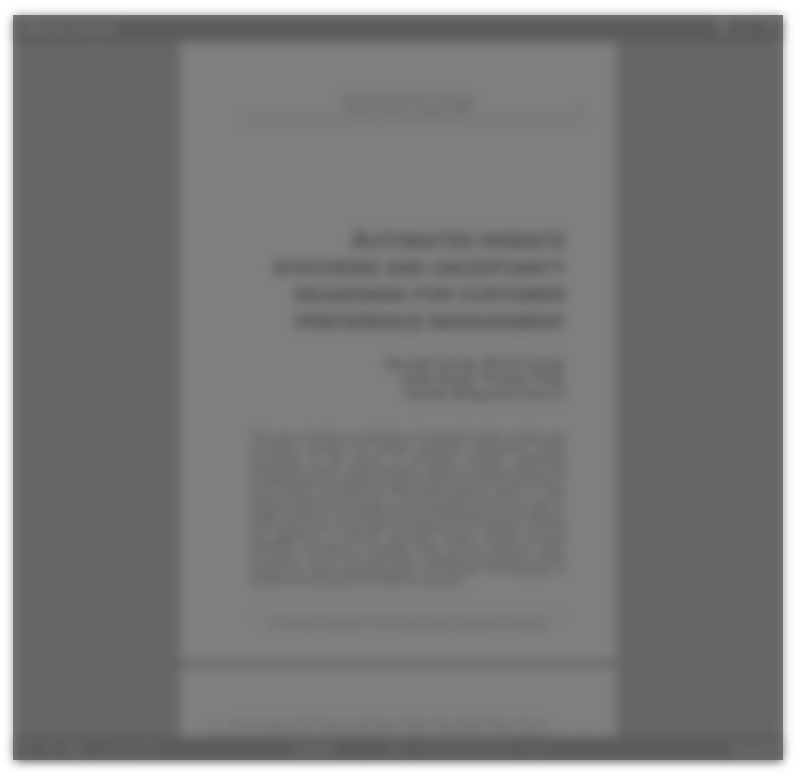Abstract:
This paper describes recent attempts to use virtual reality components for improving the generation and presentation of experimentally varied tasks in discrete choice analyses. These tasks, particularly in consumer purchase situations, have historically shown a notorious lack of realism for the consumer, with obvious disadvantages for an accurate understanding of purchase behavior. Virtual shopping systems, on the other hand, offer intriguing opportunities for a flexible generation and realistic presentation of consumer choices within typical retail environments and product categories. A recently completed research study of consumer purchases of baby napkins is used to demonstrate the advantages of this approach.







